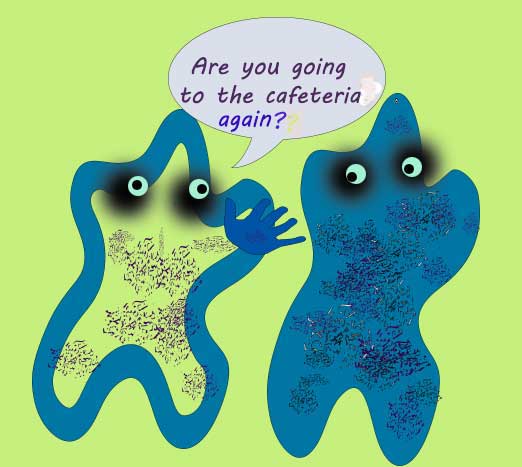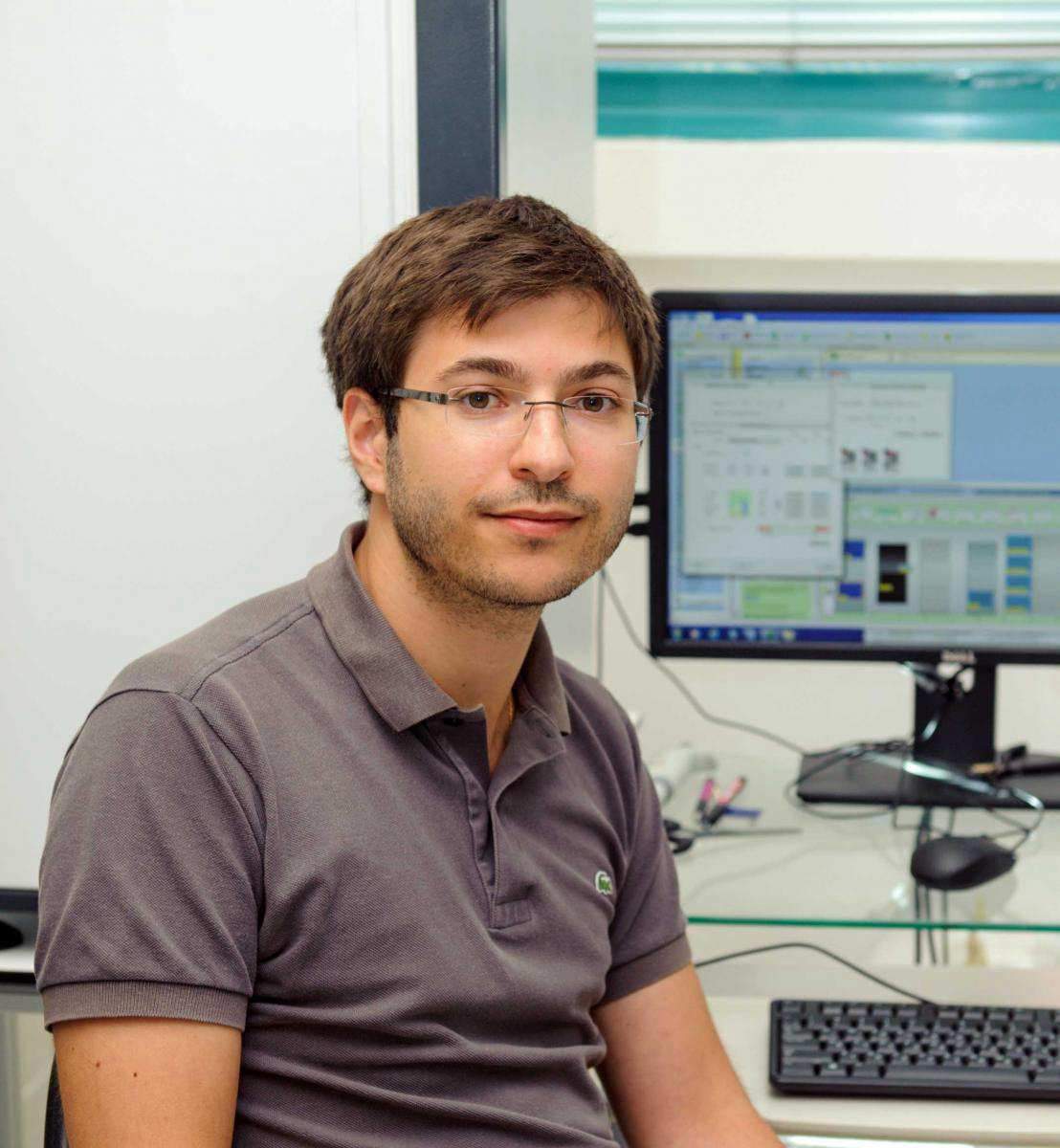Are you a journalist? Please sign up here for our press releases
Subscribe to our monthly newsletter:

Dr. Emmanuel Levy of the Structural Biology Department is working on clarifying the answers to these questions. To do so, he is using a technique he helped develop during his postdoctoral research in the lab of Prof. Stephen Michnick at the University of Montreal. Now, using this technique, Levy, together with Michnick, has observed the comings and goings of the proteins in some 4,000 strains of yeast cells. Their results paint a picture of the cell’s world in which “social networks” and chance meetings seem to play a much larger role than previously thought. The results of their study appeared recently in Cell Reports.
The new technique involves splitting a protein that is vital for the cell’s survival into two halves and attaching each half to another protein. One of those proteins is the reporter, the other the target. If the target protein approaches the reporter, the two halves of the split protein will reunite and the yeast strain will survive and grow. The more abundant the target protein is in the vicinity of the reporter, the healthier the growth of the yeast. The method is so good at measuring protein levels and their localization that the researchers obtained an accurate “census” of nearly all the proteins probed. This, says Levy, means that, for the first time, we can measure with great accuracy the protein concentration in a particular region of a living cell. Measuring local protein concentration is indeed hard-to-impossible to accomplish by other methods – for example, mass spectrometry, which involves killing the cell, or microscopy, which would be a very tedious undertaking on such a scale.

“If we think of the campus of the Weizmann Institute as a cell and the people who work here as the proteins, the reporters we use can record how much time each individual spends in which building,” he says. Their findings show that proteins are highly varied in their habits. Indeed, the scientists were surprised at the wide range they measured: Unlike your average human workers, whose hours on the job don’t vary too much from one to the other, some proteins were thousands of times more industrious – that is, abundant – than others. “It’s as if some go to work for just a minute, while others spend a whole week straight in their workplace,” says Levy. The most abundant proteins were also likely to be seen outside of their regular workplace. Going back to the Weizmann Institute metaphor, a person who works in the cafeteria, if he is there for just a minute a week, will not make an impression. In contrast, someone who actually works in a chemistry lab but also spends a few hours a week in the cafeteria could create more personal ties with the serving staff. This has profound consequences for the incidence of protein interactions. An analysis of the data revealed that, in fact, the chances of any two proteins meeting were first and foremost a product of their numbers in the cell.
